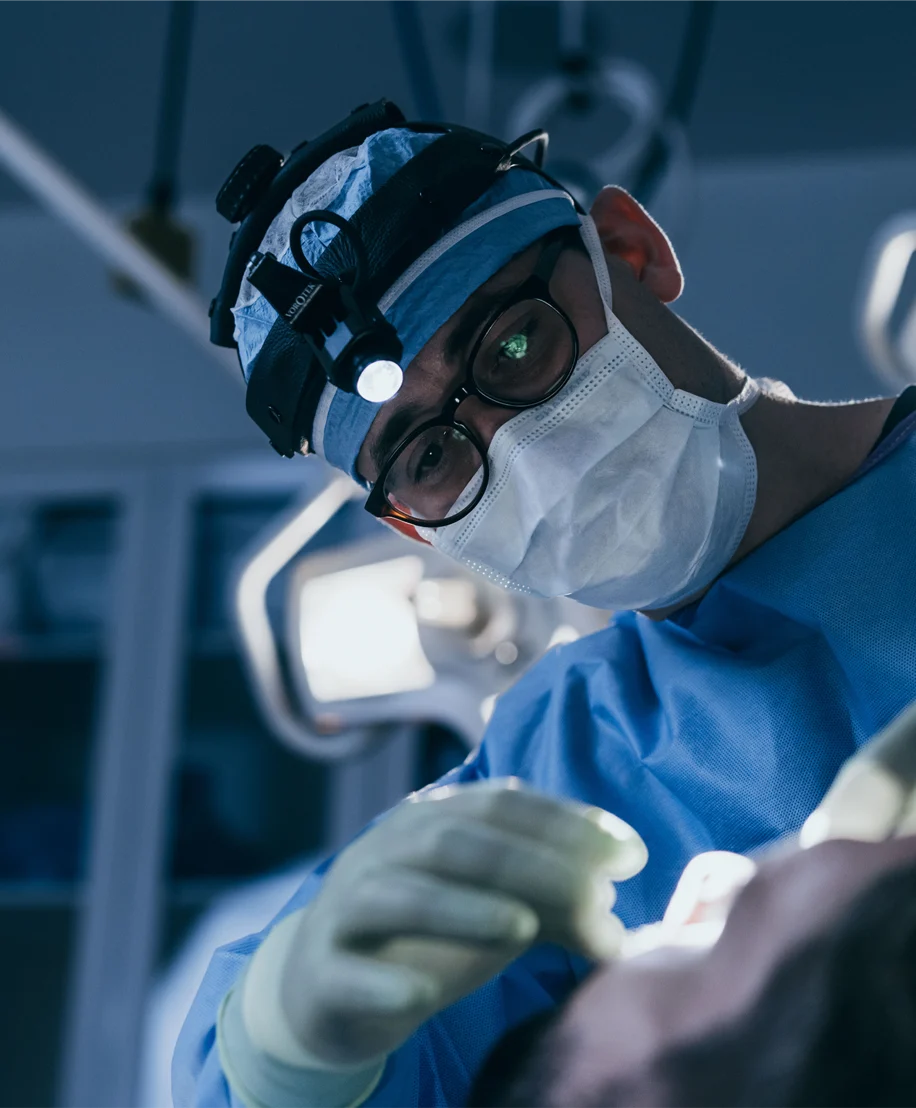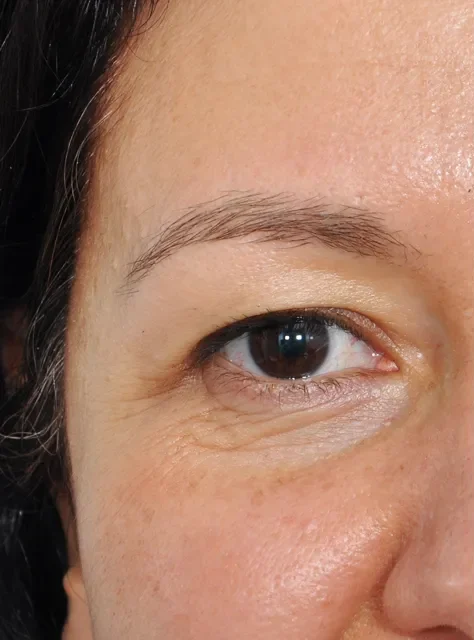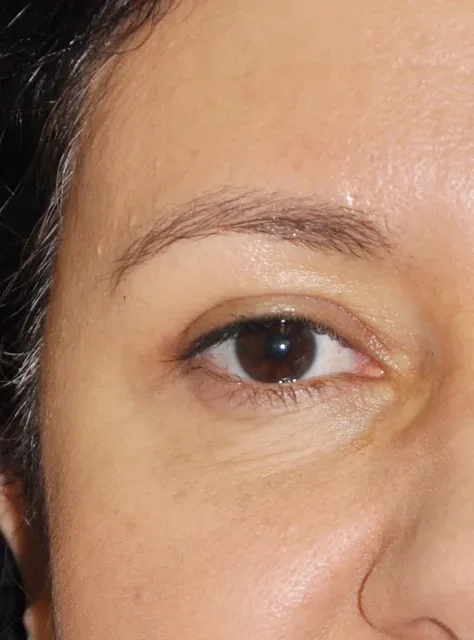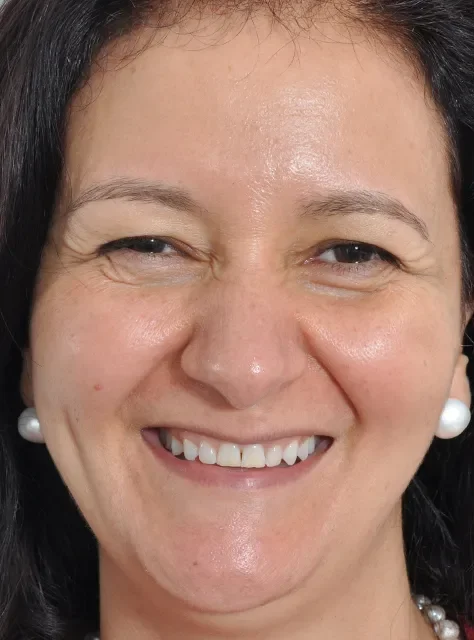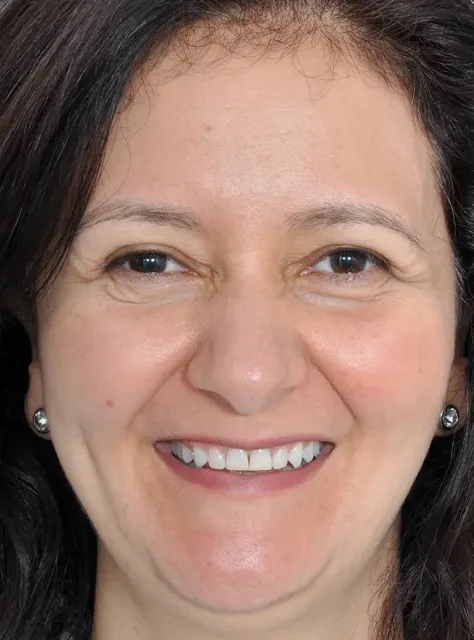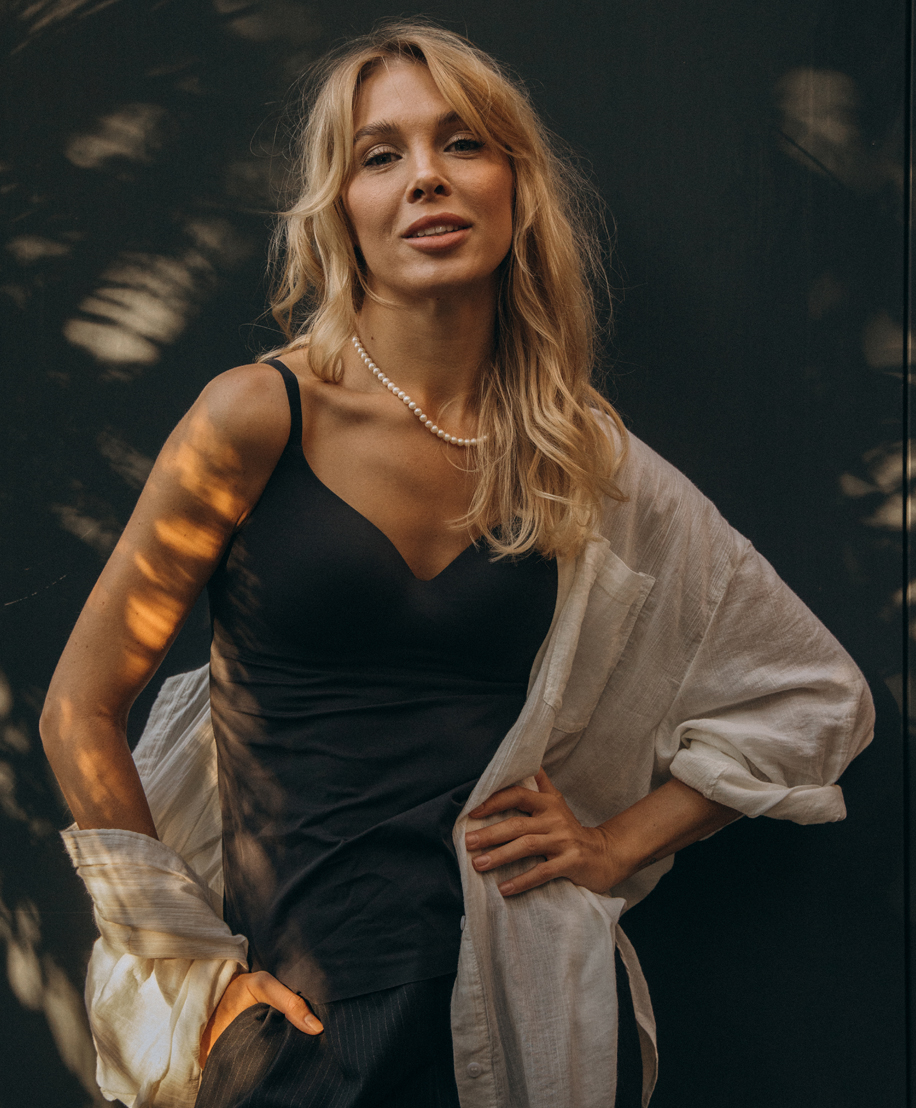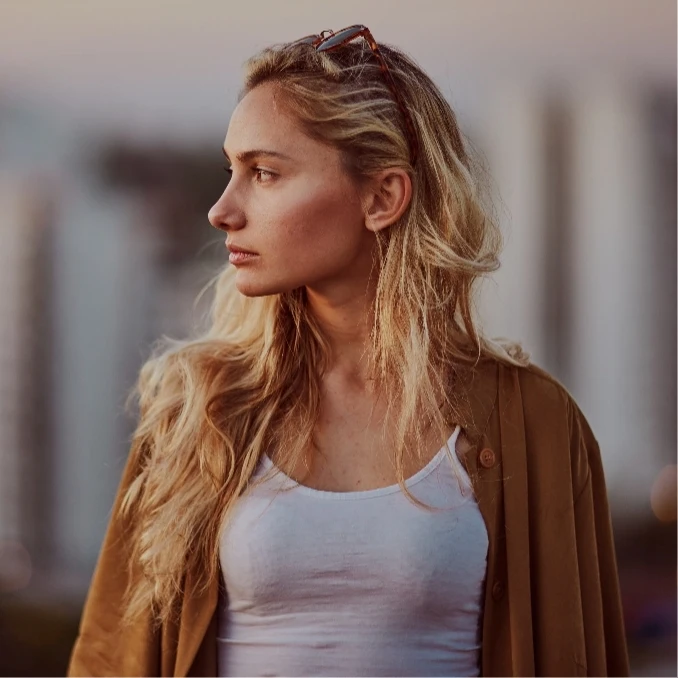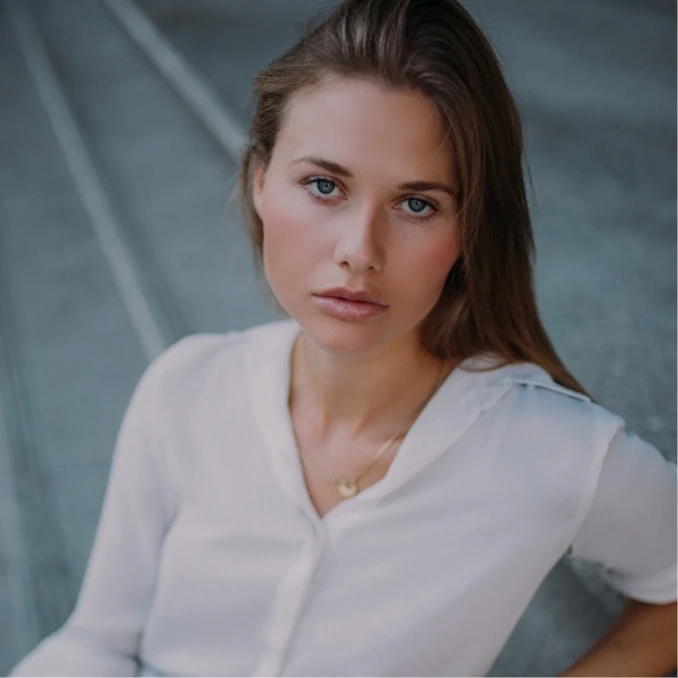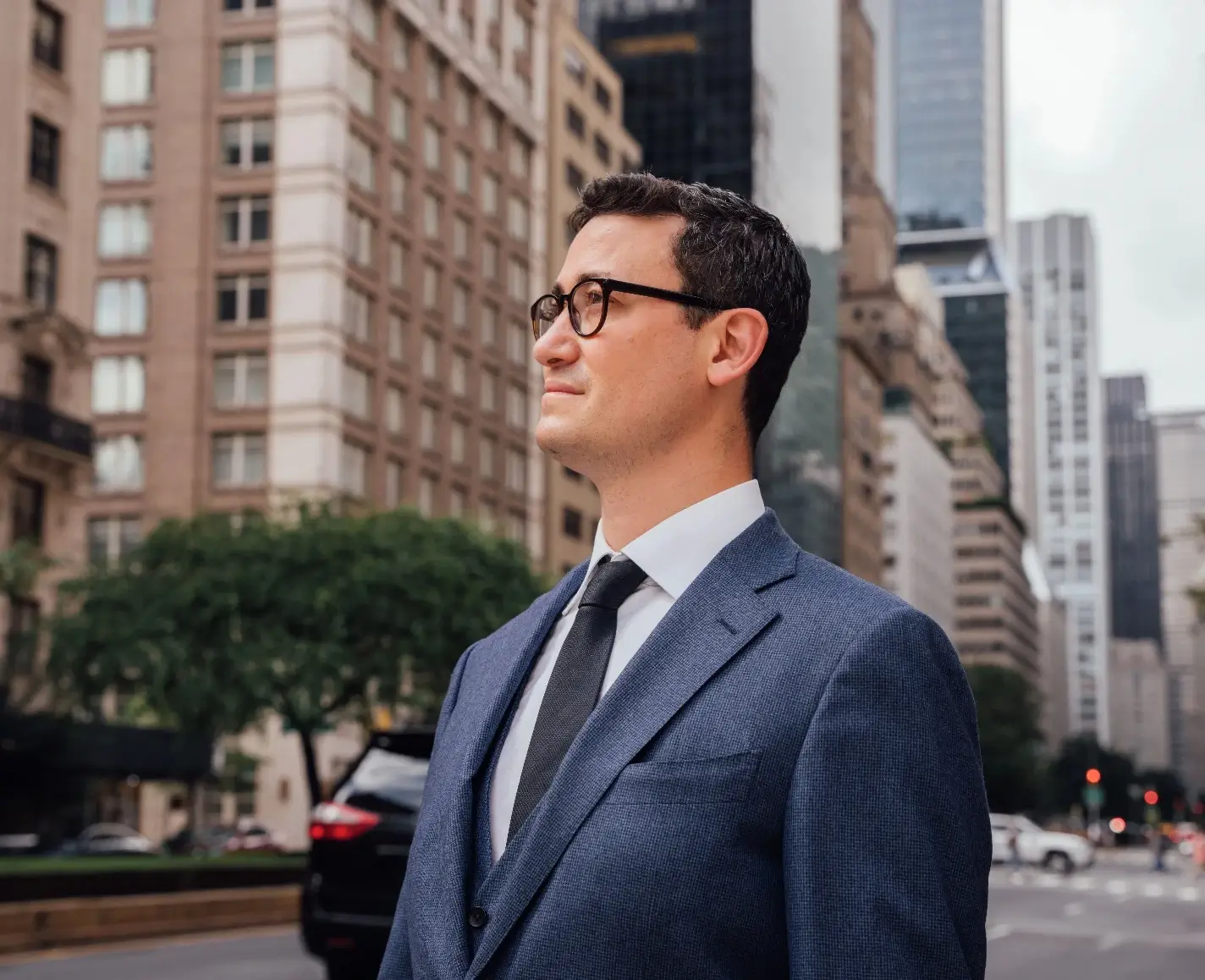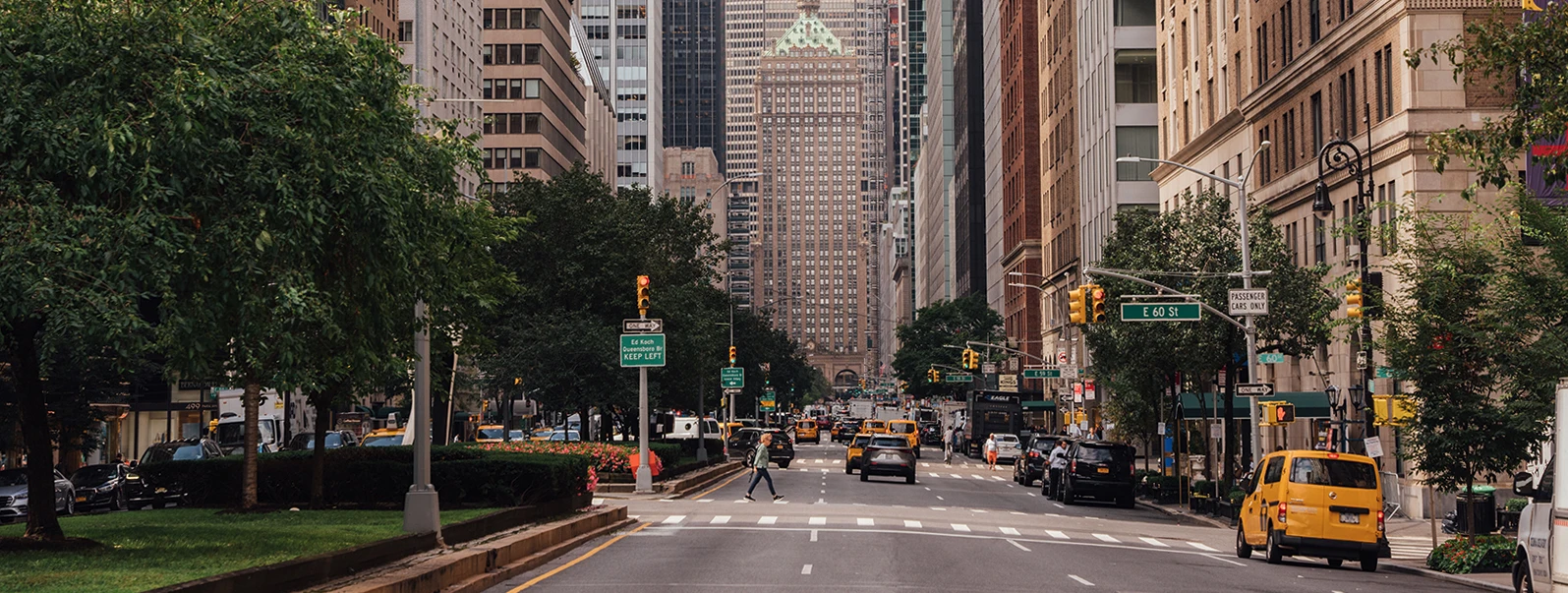As one ages, the signs of fatigue around the eyelids become increasingly noticeable. The eyelid skin wrinkles, the eyelid muscle enlarges, and the fat underneath begins to bulge. Each patient ages differently and to combat natural aging, Dr. Paul tailors upper and lower blepharoplasty procedures for patients seeking eye rejuvenation. During your consultation, the position of your eyebrow will also be discussed as the descent of the brows often crowds the upper lids reducing the distance from the eyebrow to the eyelashes.
The goal of eyelid surgery is to restore a youthful and energetic look to the eyes that matches the patient’s age and exuberance.
Upper Eyelid Surgery
The main component of an upper blepharoplasty is the removal of excess skin, a condition named dermatochalasis. This will decrease the “hooding” of the eye and present more eyelid platform, which women often appreciate as it facilitates the application of eyelid makeup.
The excess skin is removed through an incision hidden in the natural eyelid crease, rendering the resultant visible scarring almost virtually invisible. For some patients, a skin excision alone will suffice. For other patients, a thin strip of the squint muscle is removed to lessen the eyelid bulk. For some patients, prolapsing fat is excised as well to improve contours. Care is taken to not over-reduce soft tissue or hollow the eyes.
During the evaluation process, careful attention is given to the eyebrow position, as brow descent may give the appearance of excess skin. An endoscopic browlift may then be indicated in addition to, or instead of, removing eyelid skin.
Lower Eyelid Surgery
Lower blepharoplasty is a more complex procedure. In addition to prolapsed fat, stretched-out eyelid muscle, and skin may compromise the appearance of the the upper and lower eyelids together. Furthermore, cheek descent can worsen this appearance by creating a groove below the eyelid, often termed the “tear trough”. Swelling in the cheek/eyelid transition zone, termed “festoons”, can further complicate treatment.
These features may require a combination of approaches: fat may need to be removed or repositioned through an incision hidden on the inner surface of the eyelid (transconjunctival), or through an eyelid incision just below the lashes (subcilliary) if removing skin and tightening muscle is also planned. If skin creping or festoons are present, laser resurfacing may be performed to smooth and tighten the lower lid skin.
